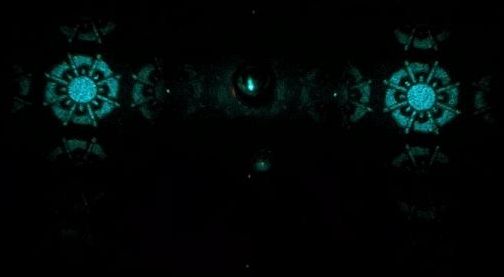Making Holographic Apps more secured and efficient.
Since its birth, holograms have been extensively used to serve security systems and related purposes. The making of a hologram, dissecting it to pieces and again rejoining the blocks involves a steady orientation of lenses which encodes the information with depth perception that could be deciphered later according to requirement.
It’s hard to imagine a 21st century city running smooth without an immense use of holograms, small or big sized 2D cards with 3D engraved pictures that are present in credit cards, grocery objects, books, biomedical devices and in other objects requiring retrievable information to be stored.
In terms of concealing product information, these sticker based fancy stuffs were up to the mark, until technology escalated beyond imagination. Even a previously measured safe encryption suffered from threat and these tools became fragile. Researchers initialized various approaches to hit the safest and complex path, among which nanotechnology had an answer in store for them. A research team from the Harvard John A. Paulson School of Engineering and Applied Sciences had recently forced polarization to concise holograms, comprising of tiny light-polarization sensitive nanostructures to generate numerous ones depending upon the polarization configuration of light.
